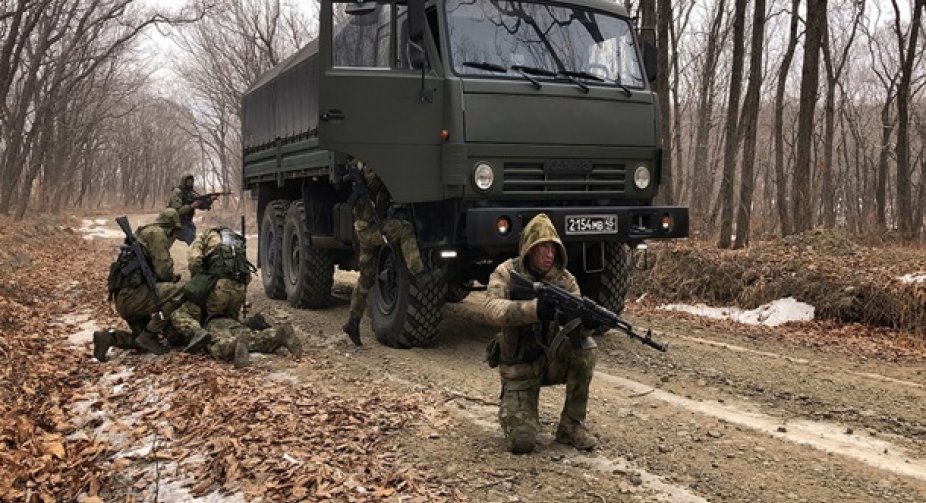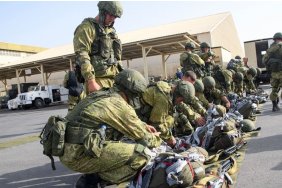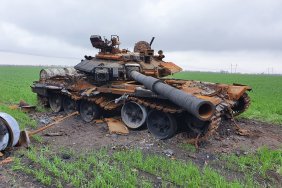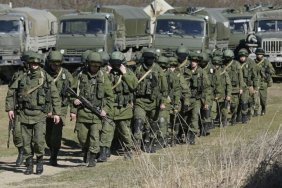British intelligence says that over the past three months, Russian forces have largely stopped deploying battalion tactical groups (BTGs) to Ukraine because they have demonstrated certain weaknesses during high-intensity combat.
This is stated in the intelligence review of the Ministry of Defense of Great Britain.
The BTG concept has played an important role in Russian military doctrine for the past ten years and has seen battalions integrated with a full range of supporting units, including armored vehicles, reconnaissance and (in contrast to common Western practice) artillery.
"Some internal shortcomings of the BTG concept were revealed during the high-intensity, large-scale combat operations of the war in Ukraine. The relatively small number of combat infantry allocated by the BTG often turns out to be insufficient," the review says.
According to British intelligence, the decentralized distribution of artillery prevented Russia from fully exploiting its superiority in the number of guns. In addition, only a few BTG commanders were empowered to flexibly use capabilities as envisioned by the BTG model.






